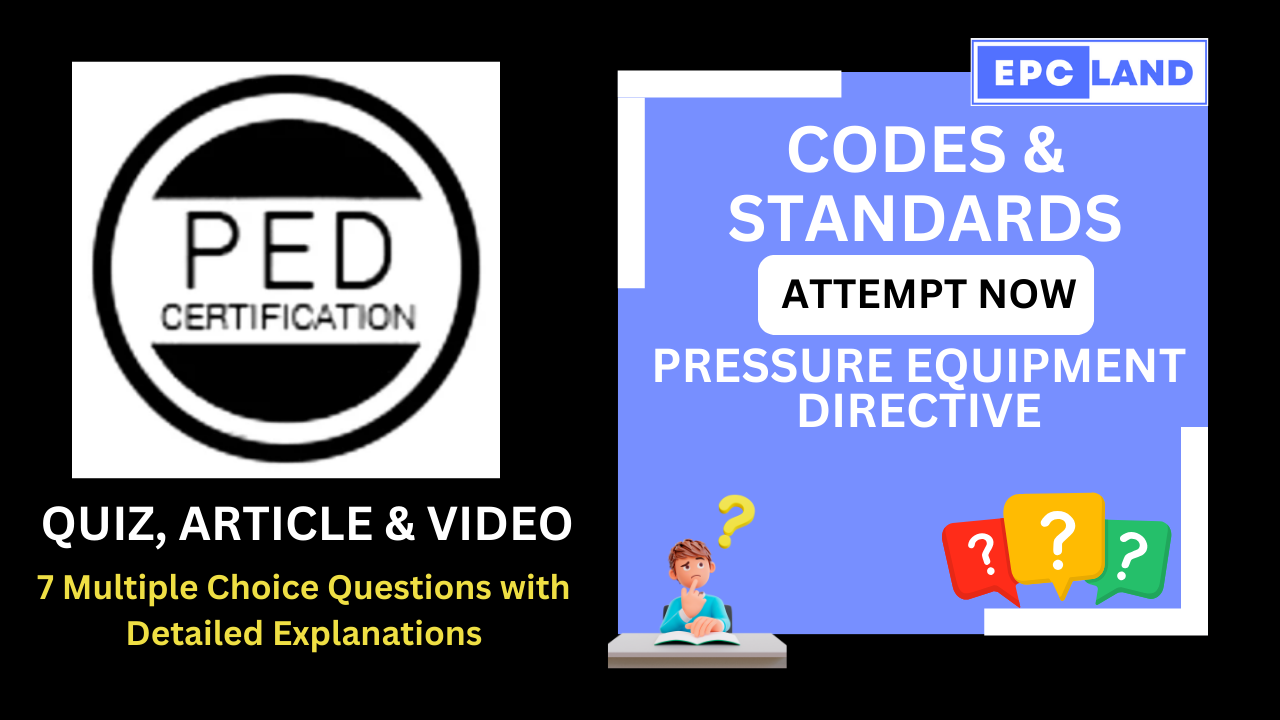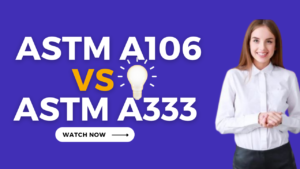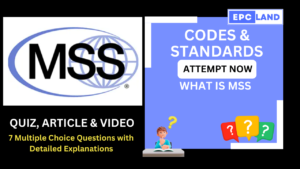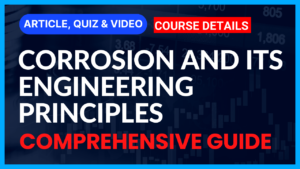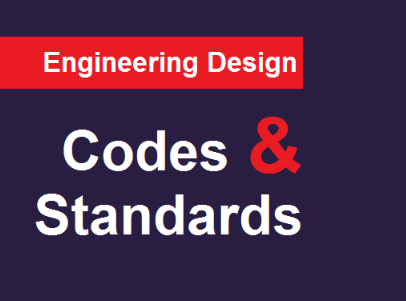

1. What is the PED?
What does the Pressure Equipment Directive (PED) regulate?
Explanation: The PED regulates the design, manufacture, and testing of certain pressure equipment within the EU.
2. History and Purpose
When was the PED adopted, and what is its purpose?
Explanation: The PED was adopted in 1997, and its purpose is safety and harmonization of national regulations within the EU.
3. Scope and Application
What types of equipment does the PED cover, and in which industries does it apply?
Explanation: The PED covers a wide range of pressure equipment and applies to various industries, including process, energy production, utilities, and transportation.
4. Key Requirements
What must pressure equipment above specified thresholds undergo according to the PED?
Explanation: Pressure equipment above specified thresholds must comply with essential safety requirements, undergo testing, and conformity assessments according to the PED.
5. Benefits
What are the benefits of the PED?
Explanation: The benefits of the PED include increased safety, easier access to the EU market for compliant equipment manufacturers, and reduced compliance costs.
6. Overall Role of PED
What is the overall role of the PED in relation to pressure equipment?
Explanation: The overall role of the PED is to facilitate the free movement of equipment within the EU, enhance competitiveness, and ensure safety by harmonizing regulations.
7. Compliance for Equipment Below Thresholds
What are the requirements for pressure equipment below the specified thresholds according to the PED?
Explanation: Pressure equipment below specified thresholds must be safe, designed/manufactured according to sound engineering practices, and bear specified markings (not CE marking).
25+ Relevant topics on Codes & Standards
Short Article on Codes & Standards

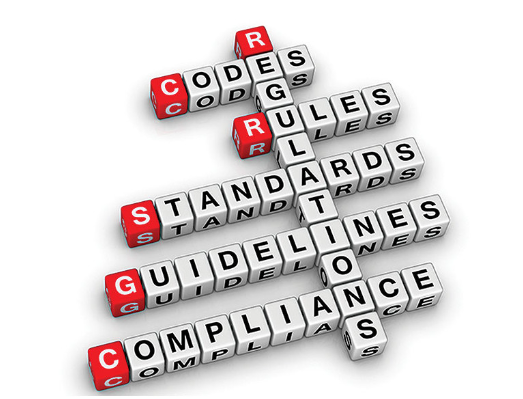
Pressure Equipment Directive (PED): A Comprehensive Overview
Your text provides a thorough explanation of the Pressure Equipment Directive (PED), highlighting its importance and key aspects. Here’s a breakdown of the key points:
What is it?
- The PED (97/23/EC) is a European law similar to the ASME Boiler and Pressure Vessel Code, regulating the design, manufacture, and testing of certain pressure equipment within the EU.
- It’s mandatory for equipment placed on the EU market and for components exported to the EU.
History and Purpose:
- Adopted in 1997 and fully implemented since 2002, PED harmonizes national regulations within the EU for a consistent approach to pressure equipment safety.
- It facilitates free movement of equipment within the EU and enhances competitiveness by allowing for innovative technical solutions.
Scope and Application:
- Covers a wide range of equipment: vessels, storage containers, heat exchangers, boilers, piping, safety devices, etc.
- Applies to various industries: process, energy production, utilities, transportation, etc.
Key Requirements:
- Equipment above specified pressure/volume thresholds must be:
- Safe and compliant with essential safety requirements.
- Tested and undergo conformity assessments.
- Marked with the CE marking and other information.
- Equipment below thresholds must:
- Be safe and designed/manufactured according to sound engineering practices.
- Bear specified markings (not CE marking).
Benefits:
- Increased safety for users and the environment.
- Easier access to the EU market for compliant equipment manufacturers.
- Harmonized regulations, reducing compliance costs and complexity.
Overall, the PED plays a crucial role in ensuring the safety and smooth operation of pressure equipment across the EU, benefiting both businesses and users.
I hope this summary clarifies the information presented in your text. Feel free to ask any further questions you may have about specific aspects of the PED or its requirements for different types of equipment.
Table of Contents
Don’t miss the Course on Effective Isometrics Management: Check Now
Enrollment Link
Recommended courses (Published on EPCLand)
- Complete Course on Piping Engineering
- Basics of Piping Engineering
- Piping Layout Engineering
- Piping Material Engineering
- Piping Stress Analysis
- Material Requisitions
- Piping Material Specifications
- Valve Material Specifications
- Plant Design & Layouts-OISD 118
- Isometric Management
Library of Technical Articles
Don’t miss out the collection of 15+ articles on following topics:
- Basics of Oil and Gas Industry
- Valves
- Testing
- Tank
- Piping Bulk Items
- Pipe
- Metallurgy
- Piping Materials
- Layout
- Instrumentation
- Heat Exchanger
- Type of Contracts
- Codes and Standards
- ASTM Standards
- Articles on Piping Specialty Items
Video details of Complete Course on Piping Engineering
Why Enroll in the EPCLand
Proven Track Record– PTR
Activities & Achievements before launching EPCLand
- Published more than 50+ short courses
- 3000+ Enrolments
- More than 3,500,00 Minutes of watch hours in the last 2 years
- 4000+ Students in 100+ Countries
- Rating of 4+ out of 5
- 1000+ YouTube Videos
- 8K+ Subscribers
What Students will Learn
- Codes & Standards of the Energy Sector
- Piping Material Engineering
- Piping Layout Engineering
- Stress Analysis
Interesting facts
- All the published courses have been developed by Industry Experts with more than 2 decades of experience
- Content is based on Practical experience and real-time problems.
- Content is designed and organized in such a manner that it can be easily grabbed.
- Complete website, Blogs and Quiz sections are Planned, Designed and published by myself (About me: Atul Singla)
- Complete flexibility of Time & Location, Students can access the content from anywhere & anytime
- Moreover, once enrolled, the content can be access as many times as you want, which helps in understand the fundamentals in a better way.
Conclusion
In conclusion, our courses are meticulously crafted by industry experts with over two decades of hands-on experience. The content is rooted in practical knowledge, addressing real-time problems. The material is thoughtfully designed and organized for easy comprehension. Every aspect, from the website to blogs and quizzes, has been planned, designed, and executed by Atul Singla, ensuring a comprehensive and seamless learning experience. With the flexibility of accessing the content at any time and from any location, students have the freedom to learn on their terms. Furthermore, enrollment grants unlimited access, allowing learners to revisit the material as often as needed, fostering a deep understanding of the fundamentals.
